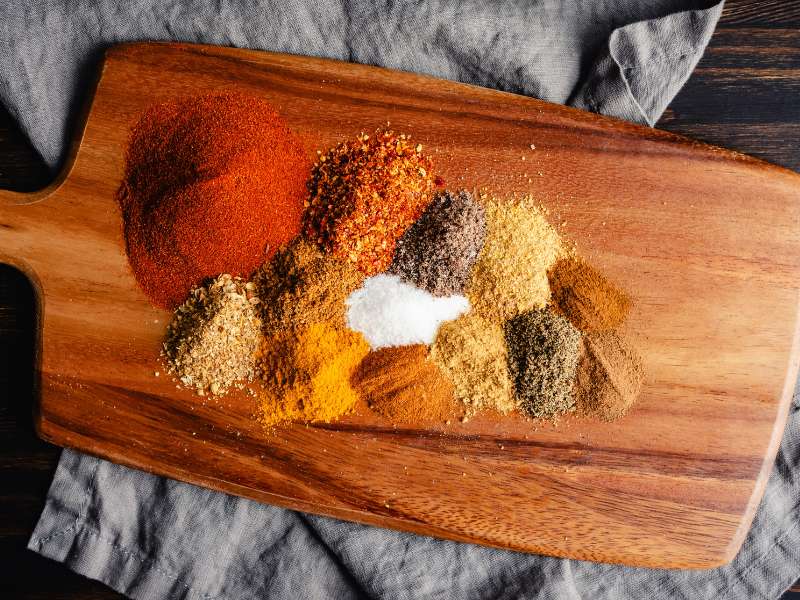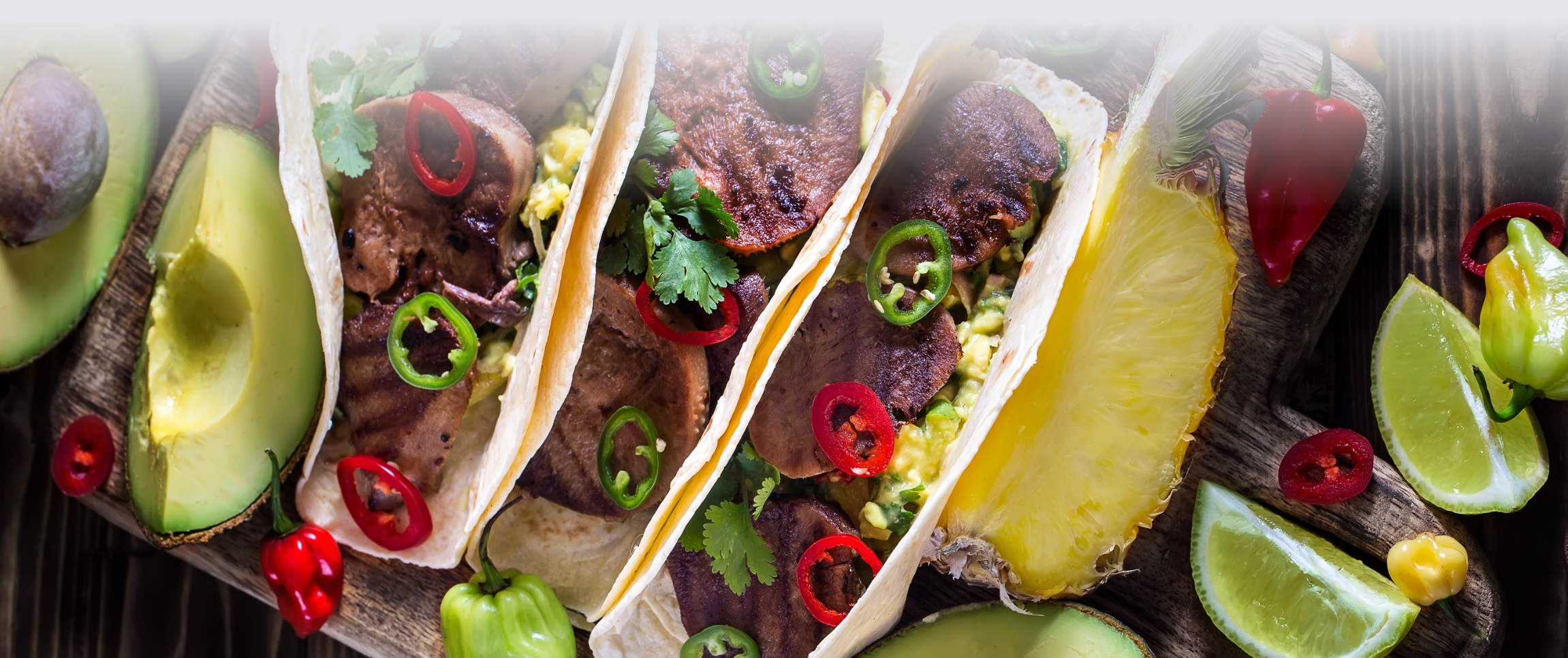Jon Vance has seen just about everything this volatile industry has to offer. But even the chef, who’s been working in foodservice since he was a dishwasher at 14, was surprised by the growing popularity of lengua — or beef tongue — with restaurants in the Upper Midwest.
“I wasn’t sure we’d see a lot of success with [Contigo® Beef Tongue] in our market,” said the corporate chef and brands manager out of Performance Foodservice – Thoms Proestler, about 170 miles west of Chicago.
“It was cool to see that product embraced by our Hispanic market, but not just that market,” he continued, “a lot of our business in general.”
“We’re seeing traditional applications with lengua for tacos, burritos, some braised dishes as well,” Chef Jon said, describing a rich, intense, beefy flavor profile.
“Authentic, traditional Hispanic restaurants were already sourcing it from specialty providers. Well, as soon as we got [lengua] in, we were able to fill that gap for them. There are authentic, regional restaurants doing very well — combining that with the simplest marketing to let [consumers] know, ‘Hey, we’re different than what’s out there. We’re doing beautiful street tacos, items that are made from scratch as much as possible.’ And that’s helping them stand out.”
Sell Your Story
A former restaurant owner and chef in the broker community, Chef Jon tells operators that they aren’t just selling a plate of food, they’re selling themselves — and their stories.
“Maybe you learned how to make this tamale from your abuela. Or these recipes have been passed down in your family for generations,” he explained. “It’ll help you build a following that much faster. Don’t try and be everything to everyone, with a 10-page menu. Do what you do, and do it better than anyone else.”
The chef’s seeing smaller, successful restaurants limit their menus, playing up fresh, bold flavor profiles. “They’re experimenting with seafood, aguachile (a dish from the Sinaloa region of Mexico). We’re seeing head-on shrimp, octopus — items that aren’t typical Latin fare in a lot of places.
“There’s such a wide selection of regional cooking methods: Peruvian, Ecuadorian, the Molcajete heated stone bowls (from pre-Hispanic Mesoamerican cooking) — you know, the Instagram statement pieces, where diners say, ‘I was at XYZ location and had this amazing dish.’”
Sabor Auténtico
According to the chef, authenticity is all about how ingredients are sourced, and Performance is uniquely intentional when it comes to finding the highest quality products for the Contigo line.
“We’ve got queso fresco, Cotija cheese. We just partnered in the last year with a group that produces some really fantastic, authentic tortillas,” Chef Jon continued. “We’ve got any size you could want in flour, white and yellow corn.
“The Contigo Kan Kan is our impressive Puerto Rican-style pork chop, complete with a built-in chicharrón feature. It’s been really, really embraced here.
“I wasn’t sure how our pre-made Contigo Tamales would be received by traditional Hispanic restaurants — they’ll say, ‘Yeah, these aren’t quite as good as we can make, but they’re really close. They save us hours of labor, they’re affordable, and the quality’s outstanding.’
“Same thing with our chile rellenos: It’s an amazing product, and many Hispanic operators love it. Also, the tres leches cake — it’s phenomenal! I’ve had restaurants’ go, ‘This is as good as my grandmother makes, but now I don’t have to have her come in on weekends to make it!’”
What’s Cooking with Chef Jon
As a kid, chef first fell in love with Creole and Cajun-style cooking. And before training to support the Latin market, he developed a passion for Thai food.
“I went out and bought every [Hispanic] cookbook from every respected chef in that world,” he said, laughing. “I mean, I dove into Costa Rican, Peruvian, Spanish — and there are some similar methods between [Hispanic and Thai]. Different flavor profiles, of course, so you have to learn what plays well together and what doesn’t.
“I’ve been working with sofrito (an aromatic Hispanic blend of spices and ingredients) and really fell in love with the idea of a kind of uncooked, fresh sauce. You take all the vegetables and seasonings, put them into a food processor, and pulse ‘till it’s a smooth, versatile base for a sauce, soup, a condiment. And then you have Sofrito Rojo, Sofrito Verde, these amazingly flavorful sauces you can take different approaches with.
“I can take the sofrito and blend that into McCormick® Mayonesa to make a nice sofrito aioli, for example.
“One of my favorite flavors of the year is a Peruvian hot chili pepper — aji amarillo — which has a fantastic profile and a vivid, yellow color. That’s a lot of fun to play with.”
Take it from a chef with his finger on the pulse: Not only is the Hispanic market growing, its bold tastes and techniques are having a huge influence on other segments as well. Staying true to who you are while introducing unique culinary dimensions can help you carve out an in-demand reputation in a competitive dining industry.



